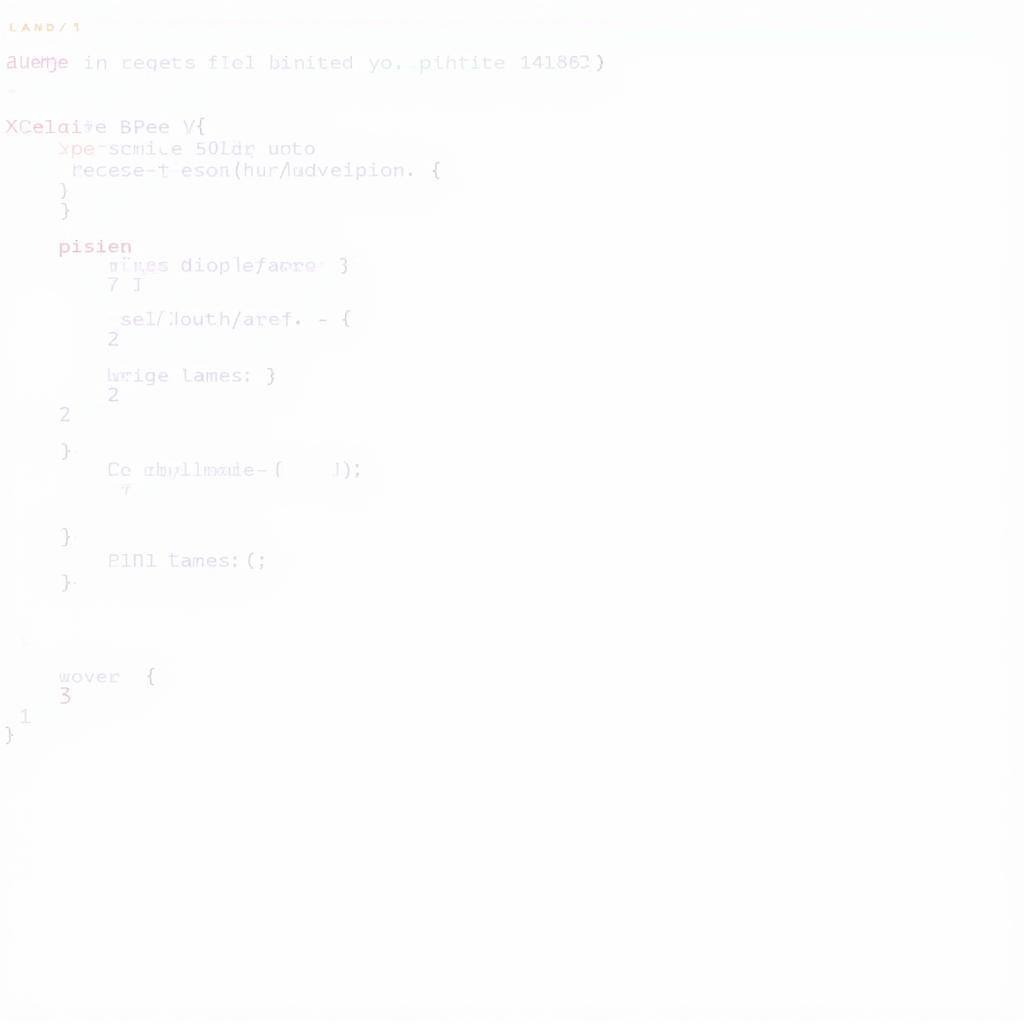Connecting your Arduino to your car’s OBD2 port opens a world of possibilities for understanding and even enhancing your vehicle’s performance. This guide will walk you through the basics of using an Arduino for OBD2 diagnostics, providing you with the knowledge to embark on your own DIY car projects.
Understanding OBD2 and Its Potential
OBD2, or On-Board Diagnostics, is a standardized system present in most cars manufactured after 1996. It acts as a window into your car’s engine and other critical systems, providing valuable data through a standardized connector usually located under the dashboard.
By tapping into this data stream with an Arduino, you gain access to a wealth of information about your car’s:
- Engine speed
- Fuel consumption
- Temperatures (engine coolant, air intake, etc.)
- Oxygen sensor readings
- And much more!
This data can be used for simple tasks like reading and clearing diagnostic trouble codes (DTCs) or for more advanced projects like creating your own custom dashboards, performance monitors, or even automated systems.
Essential Components for Arduino OBD2 Projects
Before diving into the world of Arduino OBD2 projects, you’ll need a few essential components:
- Arduino Board: Any Arduino board will do, but popular choices for OBD2 projects include the Arduino Uno, Nano, and Mega.
- OBD2 to UART Converter: The OBD2 port uses a different communication protocol than the Arduino. An OBD2 to UART converter, like the popular ELM327 chip-based modules, acts as a bridge, translating the signals.
- Jumper Wires: To connect the OBD2 to UART converter to your Arduino.
- OBD2 Software/Library: Software or an Arduino library is needed to communicate with the OBD2 system and interpret the data. Popular choices include the OBD2 library by Stanley Huang and the SoftwareSerial library.
Getting Started with Arduino OBD2
Once you have your components ready, follow these basic steps to start communicating with your car:
- Connect the Hardware: Connect the OBD2 to UART converter to your Arduino using jumper wires (typically TX to TX, RX to RX, and GND to GND). Connect the converter to your car’s OBD2 port.
- Upload the Code: Upload a basic OBD2 sketch to your Arduino, ensuring you have the necessary library installed. A simple sketch will initialize communication and attempt to retrieve basic vehicle information.
- Open the Serial Monitor: Open the Arduino IDE’s Serial Monitor to view the data being sent from your car’s OBD2 system.
From Simple Reads to Advanced Projects
With a basic understanding of Arduino OBD2 communication, you can explore a wide range of projects:
- DIY Diagnostic Scanner: Read and clear DTCs, providing insights into your car’s health.
- Custom Gauges and Displays: Create your own dashboards displaying real-time data like engine speed, coolant temperature, and fuel economy.
- Performance Monitoring: Log data for later analysis to optimize your car’s performance.
- Automated Systems: Trigger events based on specific parameters, like turning on a cooling fan when the engine temperature reaches a certain threshold.
Choosing the Right OBD2 to UART Converter
The OBD2 to UART converter is a critical component in your Arduino OBD2 setup. The most common choice is an ELM327 chip-based module. However, ensure you choose a genuine and reliable module, as counterfeit versions are prevalent and may not function correctly.
Safety and Legal Considerations
While tinkering with your car can be exciting, always prioritize safety:
- Never modify your car’s electrical system while the engine is running.
- Disconnect the battery before making any wiring changes.
- Be aware of local laws regarding vehicle modifications, especially if you plan to use your Arduino OBD2 setup on public roads.
Arduino to OBD2: Your Gateway to Car Hacking
Connecting an Arduino to your car’s OBD2 port opens a world of possibilities for DIY enthusiasts and car hackers. With a little knowledge and creativity, you can gain valuable insights into your car’s inner workings and even build custom solutions tailored to your needs. So, grab your Arduino, connect to your car’s OBD2 port, and start exploring the exciting world of DIY car diagnostics!
FAQ
1. Can I use any Arduino board for OBD2 projects?
Yes, most Arduino boards will work. Popular choices include Arduino Uno, Nano, and Mega.
2. Is it difficult to find Arduino OBD2 code examples?
No, numerous online resources and Arduino libraries provide code examples for OBD2 projects.
3. What is the most important thing to remember when working with car electronics?
Safety is paramount. Always disconnect the battery before making wiring changes and work with the engine off.
4. Can I use an Arduino OBD2 setup to clear check engine lights?
Yes, you can read and clear diagnostic trouble codes (DTCs), which can sometimes turn off the check engine light.
5. Where can I find more information about specific Arduino OBD2 projects?
Online forums, Arduino project hubs, and automotive communities are great resources for finding information and inspiration for your projects.
Need Help?
For expert assistance with your OBD2 scanner needs, reach out to our team via WhatsApp at +1(641)206-8880 or email us at [email protected]. We offer 24/7 customer support to help you find the right solutions for your automotive diagnostic requirements.

